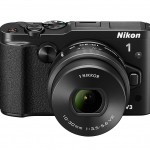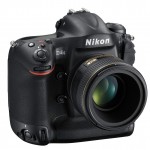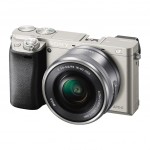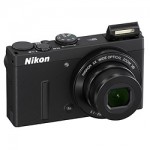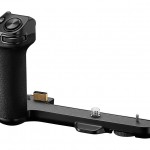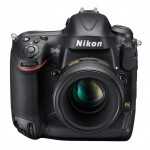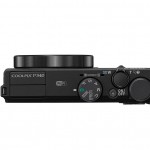Hmm... with my FZ7K there are two MEGA O.I.S. modes, Mode 1 and Mode 2.Originally Posted by Loupey
Mode 2 is activated as you describe, only when the shutter button is tapped. IS disengages right after you take the picture or when you release your finger off the shutter button.
Mode 1 is activated all the time, whether your finger is on the shutter-button or not. You get a stabilized image in the VF/LCD, so long as the camera is turned on and is in any shooting mode. (e.g. aperture-priority, program, manual, etc.). Yes, I have noted that my battery power goes down faster than usual, and in quiet conditions the IS noises are quite audible. And I would imagine that Mode 1 puts a lot of strain on the camera/lens.




 LinkBack URL
LinkBack URL About LinkBacks
About LinkBacks



 Reply With Quote
Reply With Quote
